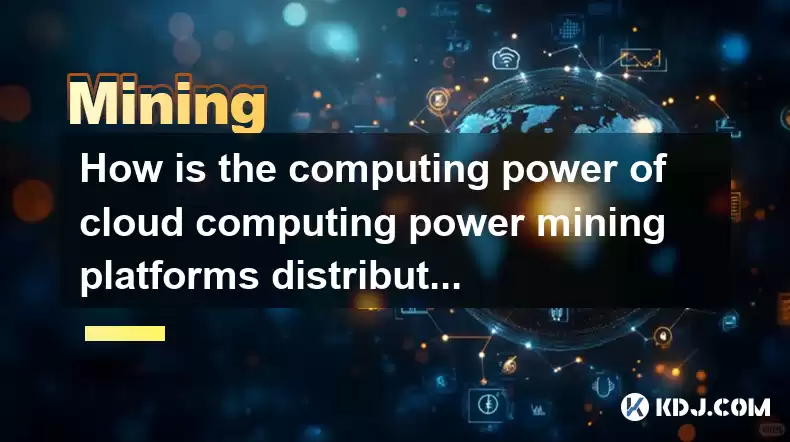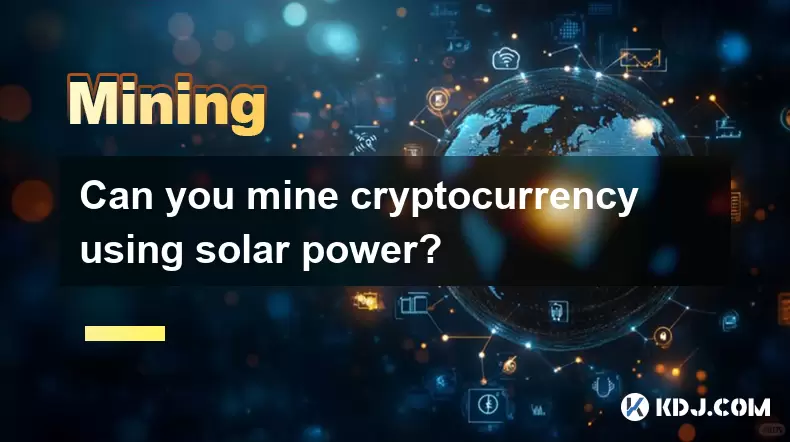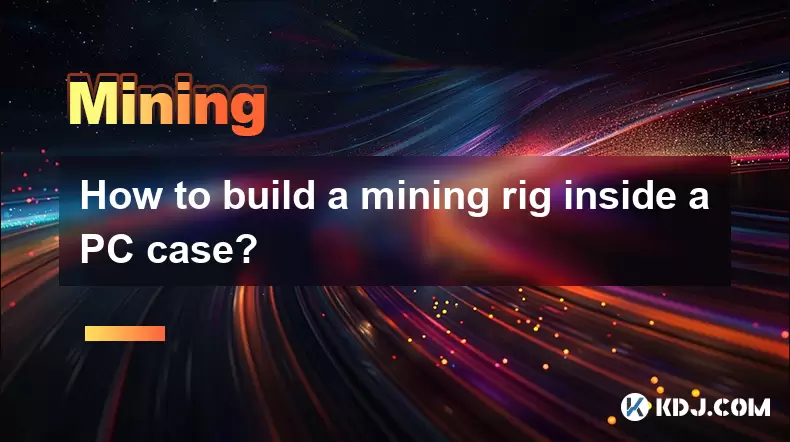-
 Bitcoin
Bitcoin $116800
0.06% -
 Ethereum
Ethereum $3916
2.20% -
 XRP
XRP $3.333
8.10% -
 Tether USDt
Tether USDt $1.000
0.02% -
 BNB
BNB $789.3
1.45% -
 Solana
Solana $177.6
2.58% -
 USDC
USDC $0.0000
0.02% -
 Dogecoin
Dogecoin $0.2232
4.03% -
 TRON
TRON $0.3384
0.01% -
 Cardano
Cardano $0.8005
4.26% -
 Stellar
Stellar $0.4651
11.58% -
 Hyperliquid
Hyperliquid $41.38
5.34% -
 Sui
Sui $3.828
2.87% -
 Chainlink
Chainlink $19.41
11.81% -
 Bitcoin Cash
Bitcoin Cash $581.4
0.02% -
 Hedera
Hedera $0.2623
3.12% -
 Avalanche
Avalanche $23.50
3.00% -
 Ethena USDe
Ethena USDe $1.001
-0.04% -
 Litecoin
Litecoin $121.8
0.85% -
 UNUS SED LEO
UNUS SED LEO $8.986
0.38% -
 Toncoin
Toncoin $3.359
1.47% -
 Shiba Inu
Shiba Inu $0.00001293
2.14% -
 Uniswap
Uniswap $10.61
4.95% -
 Polkadot
Polkadot $3.917
3.45% -
 Dai
Dai $1.000
-0.01% -
 Bitget Token
Bitget Token $4.461
1.26% -
 Cronos
Cronos $0.1516
2.47% -
 Monero
Monero $265.7
-5.07% -
 Pepe
Pepe $0.00001118
2.72% -
 Aave
Aave $283.4
3.76%
How is the computing power of cloud computing power mining platforms distributed?
Cloud mining platforms distribute computing power to users via contracts, allocating a portion of their total hash rate proportionally, though variations exist due to platform algorithms and network conditions. Transparency in this process is crucial.
Mar 05, 2025 at 08:37 am

Key Points:
- Cloud mining platforms distribute computing power by allocating hashing power from their large-scale data centers to individual users based on their purchased contracts.
- Distribution methods vary across platforms, but generally involve assigning a portion of the overall hash rate to each user's virtual mining rig.
- Factors influencing the distribution include the user's contract size, the platform's algorithm, and the overall network hash rate.
- Transparency and verification of distributed computing power are crucial aspects to consider when choosing a cloud mining platform.
- Security and potential risks associated with the centralization of computing power in cloud mining are significant considerations.
How is the computing power of cloud computing power mining platforms distributed? This question delves into the core mechanics of cloud mining, a service that allows users to participate in cryptocurrency mining without needing to manage their own hardware. Instead, they purchase contracts that grant them access to a portion of a large-scale mining operation's computing power. But the specifics of how this power is distributed are complex and vary significantly between platforms.
Understanding the distribution model is crucial for anyone considering cloud mining. A lack of transparency in this area can lead to distrust and potential scams. Reputable platforms strive for transparency, allowing users to track their allocated hash rate and its contribution to the overall mining process.
The most common method involves allocating a proportional share of the total hash rate. If a platform boasts 10 PH/s (petahashes per second) and a user purchases a contract representing 1% of the total power, they'll theoretically receive 0.1 PH/s. This is often displayed on user dashboards, showing the user's mining progress and estimated earnings. However, the actual hash rate a user receives might fluctuate due to network dynamics and platform maintenance.
Some platforms use more sophisticated algorithms to distribute computing power. These may consider factors beyond contract size, such as network congestion or individual miner performance. This can lead to slight variations in the actual hash rate assigned to each user compared to their theoretical allocation. The platform's whitepaper or terms of service should provide details on their specific distribution method.
Another critical aspect is the geographical distribution of the computing power. Large cloud mining operations often have data centers in multiple locations globally, optimizing for electricity costs and network connectivity. The specific location of the hardware contributing to a user's allocated hash rate is often not publicly disclosed, though the platform's overall geographical footprint might be stated.
The transparency of the distribution process is paramount. Reputable platforms provide regular updates on the overall hash rate, network difficulty, and individual user statistics. This allows users to verify that their allocated hash rate is consistent with their contract and the platform's overall performance. Lack of such transparency should raise significant red flags.
The security and potential risks associated with the centralization of computing power in cloud mining are also important. Unlike individual mining, where the hardware is under the direct control of the miner, cloud mining relies on a third-party provider. This introduces risks such as platform insolvency, hacking, or even deliberate manipulation of the hash rate distribution.
Here's a breakdown of typical steps involved in accessing and using distributed computing power on a cloud mining platform:
- Account Creation: Register an account with a chosen cloud mining platform.
- Contract Purchase: Select a mining contract based on desired hash rate and contract duration.
- Payment: Complete the payment using the platform's accepted payment methods.
- Hash Rate Allocation: The platform allocates a portion of its computing power to your account.
- Mining Begins: Your virtual mining rig starts contributing to the mining process.
- Monitoring: Track your mining progress and earnings via the platform's dashboard.
- Withdrawal: Withdraw your earned cryptocurrency once it reaches the minimum withdrawal threshold.
The efficiency of hash rate distribution is crucial for profitability. Any delays or inefficiencies in allocating computing power directly impact the earnings of the users. Therefore, understanding the platform's infrastructure and its ability to efficiently manage and distribute hash rate is critical.
The actual hardware involved in cloud mining is often kept undisclosed for security reasons. However, the type of hardware (ASICs for Bitcoin, GPUs for Ethereum, etc.) and its cooling systems significantly influence the efficiency and stability of the mining operation. Understanding the general hardware specifications can provide some insight into the platform's capacity and efficiency.
The distribution of computing power isn't a static process. The network hash rate constantly fluctuates, affecting the overall profitability of mining. Cloud mining platforms must adjust their hash rate allocation to accommodate these fluctuations, ensuring fairness among users.
Finally, the regulatory environment also impacts the distribution of computing power. Different jurisdictions have different regulations regarding cryptocurrency mining and cloud mining services. Understanding the legal framework governing the platform's operations is important for users to protect their investment.
Frequently Asked Questions:
Q: How can I verify the actual hash rate I'm receiving from a cloud mining platform?
A: Reputable platforms provide detailed dashboards showing your allocated hash rate, mining statistics, and earnings. Compare these figures with the platform's advertised total hash rate and your contract details. If discrepancies exist, contact the platform's support for clarification.
Q: What happens if a cloud mining platform goes bankrupt?
A: In the event of a platform's insolvency, you may lose your investment. This underscores the importance of thorough due diligence before choosing a platform and diversifying your investments.
Q: Are there any risks associated with using cloud mining platforms?
A: Yes, risks include platform insolvency, hacking, manipulation of hash rate allocation, and lack of transparency. Always thoroughly research and vet a platform before investing.
Q: How does the platform ensure fair distribution of computing power among all users?
A: Ideally, reputable platforms use transparent algorithms that allocate hash rate proportionally to the size of users' contracts, though variations may occur due to network dynamics. Regular updates and detailed dashboards should allow users to monitor their allocated power.
Q: Can I choose the geographical location of the servers contributing to my hash rate?
A: Generally, no. The specific location of the hardware is often not disclosed for security reasons. However, you can choose a platform that operates in regions with favorable electricity costs and network infrastructure.
Disclaimer:info@kdj.com
The information provided is not trading advice. kdj.com does not assume any responsibility for any investments made based on the information provided in this article. Cryptocurrencies are highly volatile and it is highly recommended that you invest with caution after thorough research!
If you believe that the content used on this website infringes your copyright, please contact us immediately (info@kdj.com) and we will delete it promptly.
- BlockchainFX: The Crypto Presale Investors Can't Ignore
- 2025-08-08 19:10:12
- Pump.fun, Memecoins, Glass Full: Solana's Launchpad Wars Heat Up!
- 2025-08-08 18:50:12
- Crypto Market Heats Up: Altcoin Spree Drives Market Cap to $3.87T
- 2025-08-08 19:05:02
- Cardano (ADA) Price Gears Up: Open Interest Surges Amidst Key Resistance Retest
- 2025-08-08 19:15:42
- Bitcoin, Meme ICOs, and FOMO: Catching the Next Crypto Wave
- 2025-08-08 18:30:34
- OM, Investment, and Growth: Decoding the Latest Trends in Digital Assets
- 2025-08-08 18:30:34
Related knowledge

What is "proof-of-work" and how does it relate to mining?
Aug 07,2025 at 02:03pm
Understanding the Concept of Proof-of-WorkProof-of-work (PoW) is a consensus mechanism used in blockchain networks to validate transactions and secure...

What are the differences between mining on Windows vs. Linux?
Aug 06,2025 at 11:29pm
Overview of Cryptocurrency Mining PlatformsCryptocurrency mining involves using computational power to solve complex cryptographic puzzles and validat...

How to use an old computer for cryptocurrency mining?
Aug 07,2025 at 12:42pm
Understanding the Feasibility of Using an Old Computer for MiningUsing an old computer for cryptocurrency mining may seem outdated, but it is still te...

Can you mine cryptocurrency using solar power?
Aug 07,2025 at 12:00am
Understanding the Basics of Cryptocurrency MiningCryptocurrency mining involves validating transactions on a blockchain network by solving complex cry...

How to build a mining rig inside a PC case?
Aug 06,2025 at 11:01pm
Understanding the Basics of a Mining Rig in a PC CaseBuilding a mining rig inside a PC case involves transforming a standard computer chassis into a d...

What are the best cryptocurrencies to mine with an ASIC?
Aug 08,2025 at 01:22am
Understanding ASIC Mining and Its Role in CryptocurrencyASIC stands for Application-Specific Integrated Circuit, a specialized hardware designed to pe...

What is "proof-of-work" and how does it relate to mining?
Aug 07,2025 at 02:03pm
Understanding the Concept of Proof-of-WorkProof-of-work (PoW) is a consensus mechanism used in blockchain networks to validate transactions and secure...

What are the differences between mining on Windows vs. Linux?
Aug 06,2025 at 11:29pm
Overview of Cryptocurrency Mining PlatformsCryptocurrency mining involves using computational power to solve complex cryptographic puzzles and validat...

How to use an old computer for cryptocurrency mining?
Aug 07,2025 at 12:42pm
Understanding the Feasibility of Using an Old Computer for MiningUsing an old computer for cryptocurrency mining may seem outdated, but it is still te...

Can you mine cryptocurrency using solar power?
Aug 07,2025 at 12:00am
Understanding the Basics of Cryptocurrency MiningCryptocurrency mining involves validating transactions on a blockchain network by solving complex cry...

How to build a mining rig inside a PC case?
Aug 06,2025 at 11:01pm
Understanding the Basics of a Mining Rig in a PC CaseBuilding a mining rig inside a PC case involves transforming a standard computer chassis into a d...

What are the best cryptocurrencies to mine with an ASIC?
Aug 08,2025 at 01:22am
Understanding ASIC Mining and Its Role in CryptocurrencyASIC stands for Application-Specific Integrated Circuit, a specialized hardware designed to pe...
See all articles

























































































